Autism and Play, Building Communication and Confidence Through Play-Based Learning
Every child learns and develops in their own unique way. For children on the autism spectrum (ASD), play can be more than just fun it can be a vital tool for communication, learning, and connection. At Edx Education, we believe in the power of play-based learning to unlock potential, foster inclusion, and celebrate the strengths of every child.
Why Play Matters for Children with Autism
Play is often called the “work of childhood.” For children with autism, it can also become a language a way to express thoughts, feelings, and ideas. Open-ended play allows children to explore freely, whether that’s building with blocks, arranging Rainbow Pebbles®, experimenting with water play, or role-playing daily experiences. Play reduces pressure and creates opportunities for children to develop social skills, speech, and problem-solving in a safe, engaging environment.
Communication Through Visual Prompts
Many children with autism respond well to visual prompts, which can make abstract concepts more concrete. When combined with hands-on toys, these visual supports can help children;
– Understand routines (using simple picture sequences).
– Make decisions (choosing activities through visuals). Learn core concepts (such as colours, numbers, and shapes).
For example, number rods or hundred boards provide visual, tactile ways to explore maths. Pattern blocks can encourage creativity while teaching symmetry, sequencing, and sorting. With the right prompts, children can learn while playing in ways that feel natural and enjoyable.
Different Brains, Different Strengths
Autism is often misunderstood as a limitation, but in reality, it represents a different way of processing the world. Many inventors, scientists, and artists believed to have been on the spectrum used their unique perspective to fuel creativity and discovery.
Children with autism often show incredible focus, innovative problem-solving, and imaginative thinking. Through play, these strengths can be nurtured, helping children to grow in confidence and resilience.
Inclusion Through Play-Based Activities
Small changes in play and learning environments can help children with autism feel welcome and included;
– Structured playtimes can reduce anxiety.
– Sensory play with tactile toys (like sand, water, or textured manipulatives) can provide calming experiences.
– Collaborative games support gentle peer interaction and teamwork.
Play naturally encourages children to work together, share, and learn empathy. Inclusive play builds classrooms and communities where differences are valued, and every child has the chance to shine.
The Global Benefits of Play
For families, educators, and caregivers, it’s important to see play not as a break from learning, but as a vital part of it. Through play, children practice communication, problem-solving, and resilience. For children with autism, play becomes a pathway to learning and connection.
At Edx Education, our global range of toys and resources are designed to encourage learning through play. Alongside our products, we provide free downloadable activities and our Play, Learn & Create with Edx Education podcast, which shares expert advice and practical strategies for families around the world.
Celebrating Differences Through Play
Autism represents a wide circle of abilities. By using play based learning, we can celebrate every child’s unique strengths, encourage communication, and create inclusive spaces whether at home, in classrooms, or in communities worldwide. Because when children play, they don’t just learn they grow, connect, and flourish.
By Heather Welch, Author of Happy Children Play and General Manager UK, Edx Education



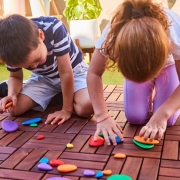
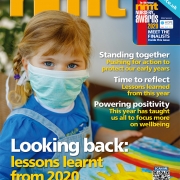 Edx Education
Edx Education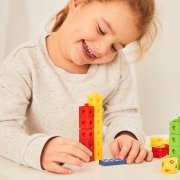
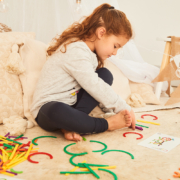 edx education
edx education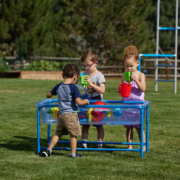

 Edx Education
Edx Education